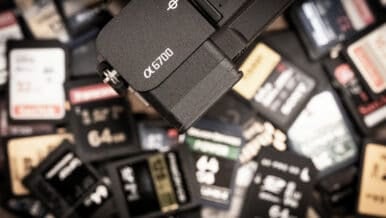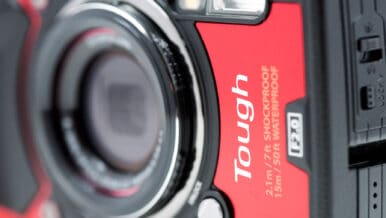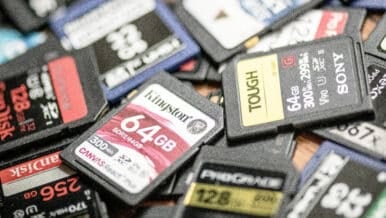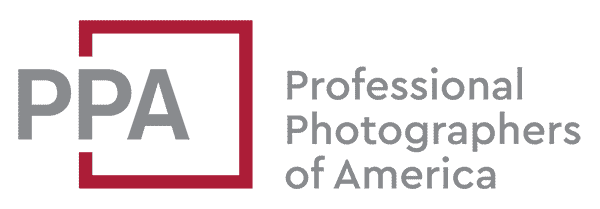A Quick Shortcut for Accessing the Custom Button Menu on the Fujifilm X100VI
This quick shortcut on the Fujifilm X100VI will give you quick access to the custom button assignments as well as quick access to establishing a Bluetooth connection to a device.




















































































































































































